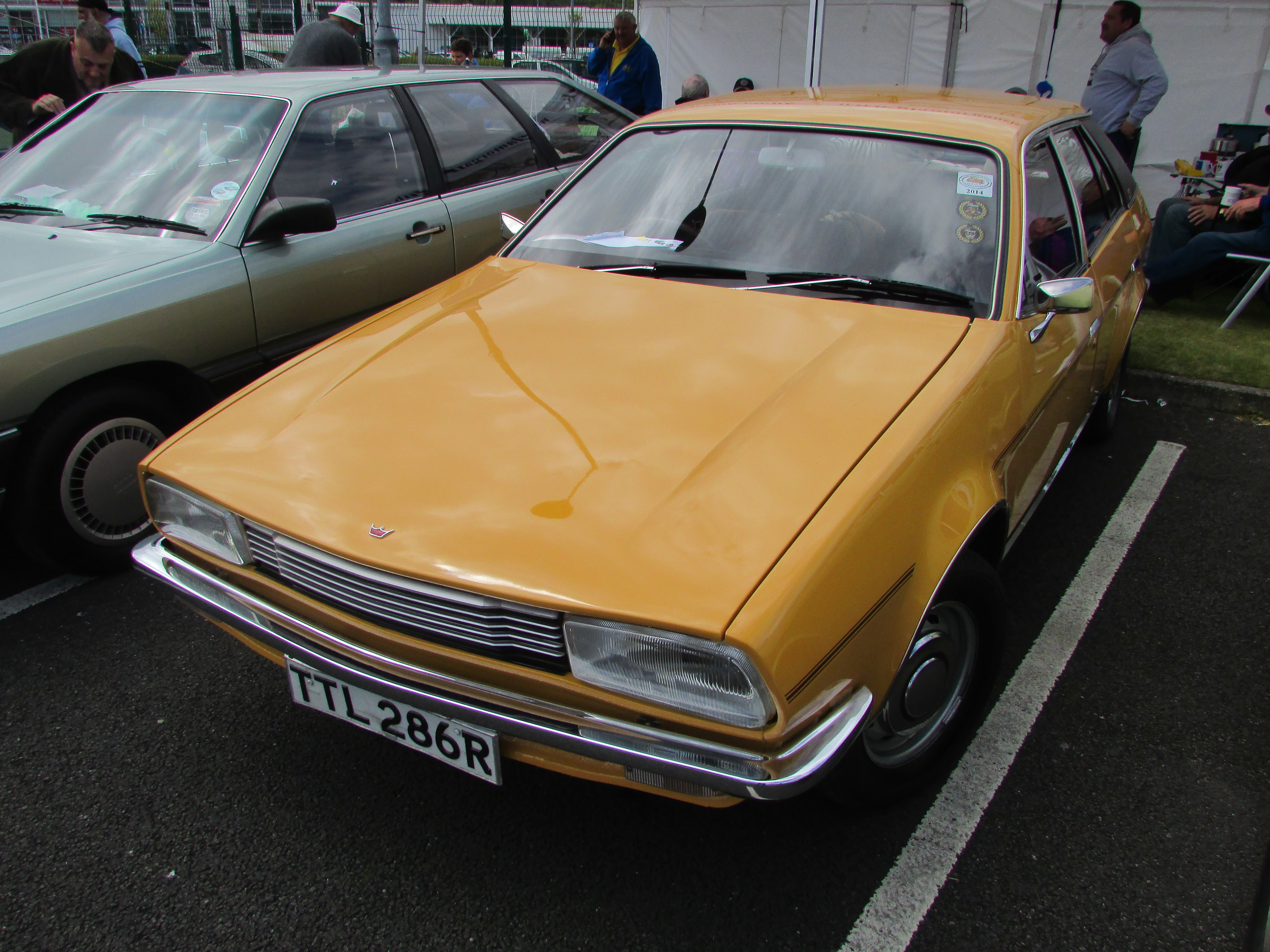-
Insurance
InsuranceAbout our productsLearn about insuringGet a quote Get current values, historical values, model history and more.
-
Valuation
ValuationHagerty valuation toolLook up a vehicle value Get current values, historical values, model history and more.
-
Events
EventsHagerty official eventsHagerty ClubhouseEvent calendar
-
Entertainment
EntertainmentMore to explore
- Portal login
1979 British Leyland Princess 2
1700 4dr Saloon 1.7 L
Vehicle values by condition
Fair
Condition 4
£2,000
#4 cars are daily drivers, with flaws visible to the naked eye. The chrome might have pitting or scratches, the windshield might be chipped.
Good
Condition 3
£3,200
#3 cars could possess some, but not all of the issues of a #4 car, but they will be balanced by other factors such as a fresh paint job or a new, correct interior.
Excellent
Condition 2
£4,700
#2 cars could win a local or regional show. They can be former #1 cars that have been driven or have aged. Seasoned observers will have to look closely for flaws.
Concours
Condition 1
£6,300
#1 vehicles are the best in the world. The visual image is of the best car, unmodified, in the right colours, driving onto the lawn at the finest concours.
Insurance premium for a
1979 British Leyland Princess 2 1700 4dr Saloon 1695
valued at £3,200
£118.20
/ year*
History of the 1978 - 1981 British Leyland Princess 2

1978 - 1981 British Leyland Princess 2
The Leyland Princess was in production from 1975 to 1982. It is a front-engine, front-wheel-drive saloon styled in-house by Harris Mann. The car uses the same body and much of the same trim as its predecessors, the Austin, Morris and Wolseley 18-22 series saloons.
The Leyland Princess was launched in 1975 as a range of four-door, five-seat saloons. All featured interconnected Hydragas suspension hidden under an innovative and spacious wedge-shaped body. The car was a replacement for the 18-22 series, and earlier the Landcrab – thus it sat somewhat uncomfortably between the Cortina and Granada class.
At launch, the Leyland Princess was available in base spec, L, HL and range topping HLS. All below HL were four-cylinder only, while HL could be had with the 2200 and HLS was six cylinder only.
In 1977, the Special Six special edition was introduced. This model was based upon the 2200HL automatic, and used some trim items from the HLS in order to appear more desirable. These cars were all black and fitted with Webasto roofs.
Another interesting limited run were the hatchback conversions marketed both by Crayford and Torcars. These are now rare and incredibly desirable, with single figure numbers believed still to survive worldwide.
In 1978 the B series was replaced with the O series engine, part of a move which led to the Princess 2. The range was expanded to include two four-cylinder engine options, plus the HLS model was made available across all engine sizes to suit company car users. Most models also received subtle trim upgrades at about this time. In 1980 the Princess 2 received a facelift, with new colour-coded window frames replacing the stainless originals, optional alloy wheels, and new rear badging.
The Leyland Princess was replaced in 1982 by the Austin Ambassador; an extensive reworking of the outgoing car with a standard hatchback and which solely used the O-series engines.
The Leyland Princess uses a selection of four-cylinder engines, alongside the 2200 E series six-cylinder. All were available with four-speed manual and automatic transmission.
Originally the four-cylinder option was an 1800cc B-series, though in 1978 this was replaced by the new overhead cam O series in 1700 and 2000cc guises. All models carried their transmission in sump, as per the Mini. Four- and six-cylinder models used single carburettors.
The Princess feels alarmingly modern to drive in six-cylinder HLS form, with power steering, a smooth autobox, and lots of power. Four-cylinder manuals are arguably more fun, feeling like slightly less bouncy, laid back Allegros. Either way they’re spacious, comfortable, and will put a smile on your face.
Front wings and the front valance are noted rot traps on a Princess, while rust in the floors and sills can spell bad news. Door bottoms and bootlids can rot out as well, but these areas can be repaired. There should be a gap between the pivot arm mounting bushes and the front of the sill – if not, this has been inexpertly repaired in the past.
The plush HLS is the most desirable Princess, especially in smooth 2200 automatic guise. As a rule there is scant price difference between manuals and automatics, though six-cylinder autos and four-cylinder manuals are preferred. Six-cylinders as a rule are marginally more desirable than four-cylinder cars. Early cars are more collectible than the later Princess 2. Rare hatchback conversions are worth significantly more than all others.
The subsequent hatchback Austin Ambassador is arguably the best alternative, as similar as it is to the Princess. Other alternatives might include the Vauxhall Carlton and Viceroy, plush Ford Cortinas and low-spec Granadas alike. The Chrysler 180 makes an interesting rival, too.
All 1979 British Leyland Princess 2 body types
| Year | Make | Model | Submodel | Body Type | Engine size | Average value |
|---|---|---|---|---|---|---|
| 1978 | British Leyland | Princess 2 | 1700 | 4dr Saloon | 1.7 L | £ 2,000 3,200 4,700 6,300 |
| 1978 | British Leyland | Princess 2 | 2000 | 4dr Saloon | 2 L | £ 2,100 3,300 4,800 6,600 |
Hagerty Newsletter
Get your weekly dose of car news from Hagerty UK in your inbox

ADVERTISEMENT